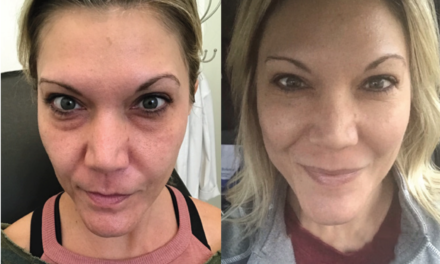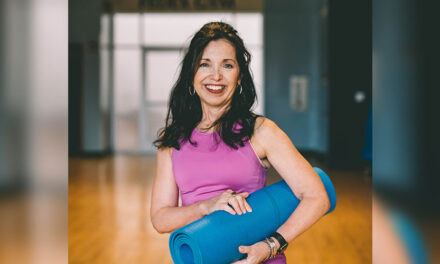Are you stuck in a rut with your running? Do you feel like no matter how much you run, you just don’t get as fast as you want to be? As you get older, are you noticing that your muscle strength and flexibility are declining? There isn’t a magic cure for everything, but in this case, strides are just what the coach ordered.
Many primarily train by just going out and running for time or distance each day. Some runners may add in occasional track work, but this still usually consists of just doing long intervals at only a slightly faster pace than daily training runs. Nevertheless, most adult runners would agree that just getting in a steadily paced run for the day is a huge success, even if it’s the only physical activity they are able to accomplish.
However, running is incredibly repetitive. Year after year of pounding out the miles with only a limited pace range can take its toll. Your body begins to reflect what you’re doing, as well as what you’re not.
As you get older, your ability to maintain or even improve your cardiovascular fitness actually declines quite slowly. What declines more rapidly is muscle strength and flexibility. By engaging in repetitive movements day after day with only a limited range of motion, you handicap yourself so that even if you can improve your fitness, you don’t have the mechanical efficiency to turn gains into faster times. You tighten up and your movement becomes more restricted, your stride becomes smaller, and you notice that your race pace from half marathon down to 5K hardly gets any faster.
This is where strides come in! Find a straightaway roughly 80-120 meters long where you can really open up and run fast. This could be a track, grassy field, or even just a quiet stretch of street. Starting at one end, lean forward and, with a somewhat exaggerated form, gradually work into a sprint so that you are going just about all out for the second half of the straightaway. Rest for 30–40 seconds and repeat. Start at around four repetitions and work up to eight or so. This can be done once or twice per week, preferably after your run.
The first couple times might cause a little bit of soreness in the hip flexors and quads since your legs stretch out a little more than usual. If you keep at it, the soreness goes away and you can reap the benefits of the strides without contributing any additional post-run fatigue. After several weeks, the strides will begin to feel faster and smoother because you’re becoming more efficient. This efficiency doesn’t just make the strides better, it trickles down to every run you do. Even your slow runs will feel better. Best of all, efficient form means fewer injuries.
There are a great many things you can do to improve your running form and reduce injury risk, but at roughly 10 minutes per week, strides are definitely the most bang for your buck!
Do you have questions about getting started or finding a plan to work for you? Stop in and talk to anyone on our staff. We’ll be happy to help!
Andrew Chumney began working in specialty running in January of 2007. At Fleet Feet Memphis, he is sharing his passions for running with our training groups. If you’ve come to our Thursday night speed workouts or the Saturday morning long run, you’ve definitely benefitted from Andrew’s expertise.







